https://www.youtube.com/watch?v=NIgKvlAYOdU
How to Make SPAGHETTI with TOMATO SAUCE Like an Italian (Spaghetti al Pomodoro)
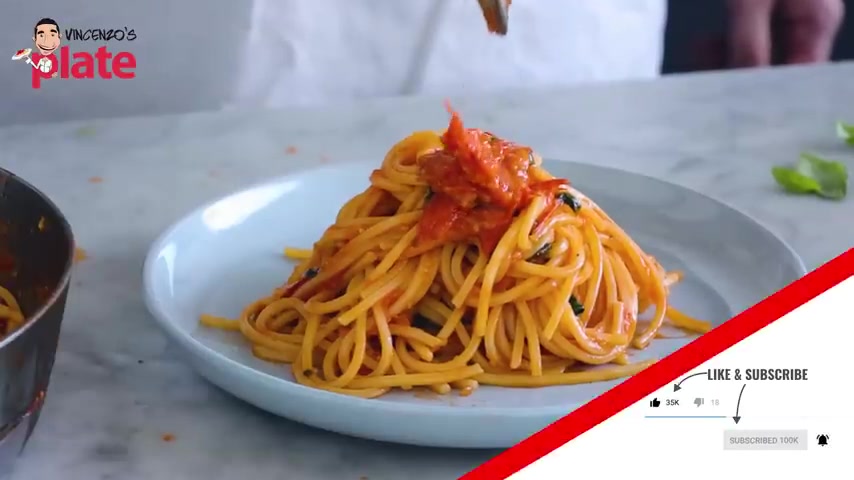
Hi , I'm Hillary Sterling , the executive chef and partner at Vicks restaurant here in New York City .
And today I'm going to show you how to shape every pasta .
So today we're going to go through all the different areas and some different doughs , traditional linguini to tale to Bucco tini to some of the lesser known as Strati Norte .
The Italians have been the authority on pasta making forever .
Every pasta shape is designed for a sauce so that it captures whatever sauce that is given for it and actually was created for it .
The Italians do it the best here are the tools to make and shape pasta in order to get our pasta where we need it to be .
We always need a pasta roller one that is easy to use hand crank .
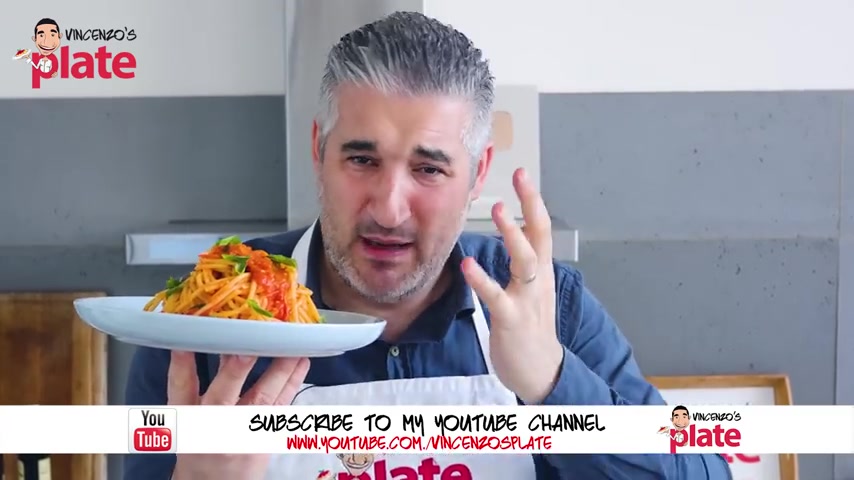
Perfect for all sorts of pasta that you can make .
If you do not have the patience for a hand crank , we have an electric version if we don't want to sheet our dough .
The next thing we can always use is a pasta extruder .
There's almost 1200 different shapes of pasta .
300 different kinds of them come from an extruded version .
So this is a different dough .
This is your semolina and water as opposed to more of an egg based process where you use your hand crank .
If we are looking for more of a spaghetti , our guitarra right here , guitar strings to cut through a beautiful pasta shape .
In order to push your spaghetti through these beautiful strings .
We need a rolling pin .
It's the only other tool that's essential in making pasta .
One of my favorite tools in the kitchen .
One of my second favorite tools in the kitchen bench scraper .
This picks up your pasta .
This keeps your flour in order it cuts the dough and you can shape things .
So this is also one of those things I can't live without .
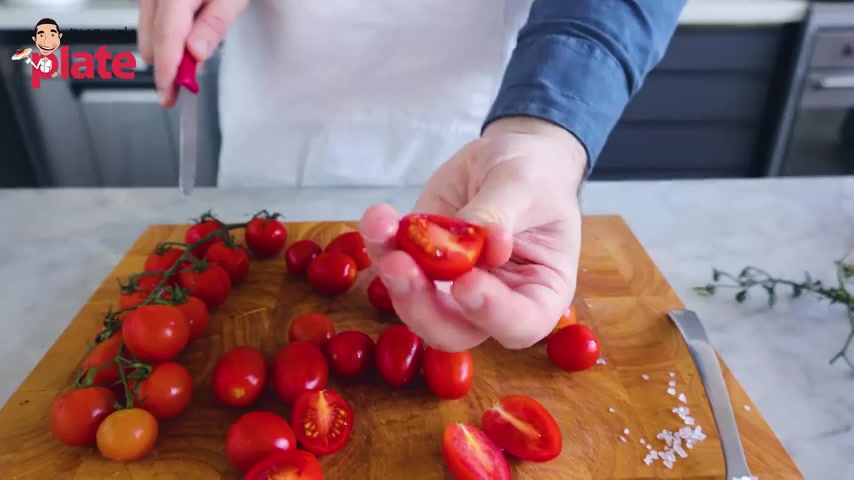
One of my other favorite ones is a beautiful cookie cutter .
We use the to cut poti raviolis .
Anything else we need to start in a round shape form if we are cutting squares or rectangles to start like our , we are using a pasta cutter .
One of my other favorite tools is a G board .
We can make Gargano cale Ma .
This is a different shape version of a board .
Some of my last favorite tools I can't live without a ruler .
We have so many different shapes that we can make and that we need this 12 inch ruler to help us guide the way I like to use a pencil for many things , for note , taking scribbles , writing recipes on the wall and making Garelli , the old fashioned my last two tools that I need a short knife to cut with .
And then last but not least the scale pasta in itself is an art , but it's also a science without a scale , our dough can go right or wrong .
All right .
Let's get to shaping pasta .
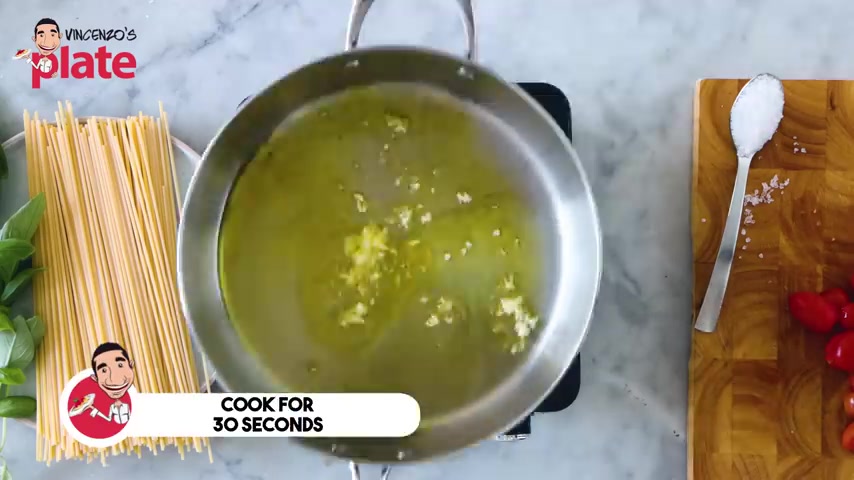
This is a t we're going to start off with a really , really wonderful shape , very easy to make called Cotti .
And the Cotti stems from a traditional circle shape coin pasta that usually has the family's crest on it so that you could tell when you were buying Cotti at the local market that you knew who made it .
So , what I'm doing here is I'm going to use a rolling pin and just kind of get it's flat enough to go through a pasta roller or sheer .
So always when we're starting with a roller is we go as the wide as possible .
You never want to try to squeeze anything through .
And then we're going to let it run a couple of times .
We're going to get it to essentially not paper thin for this pasta , but just before that .
So it still has some texture and some bite to it .
Always have a little flour on your board and the pasta so that it doesn't stick the roller .
Once you get pasta stuck in here , there's really no going back , unfortunately .
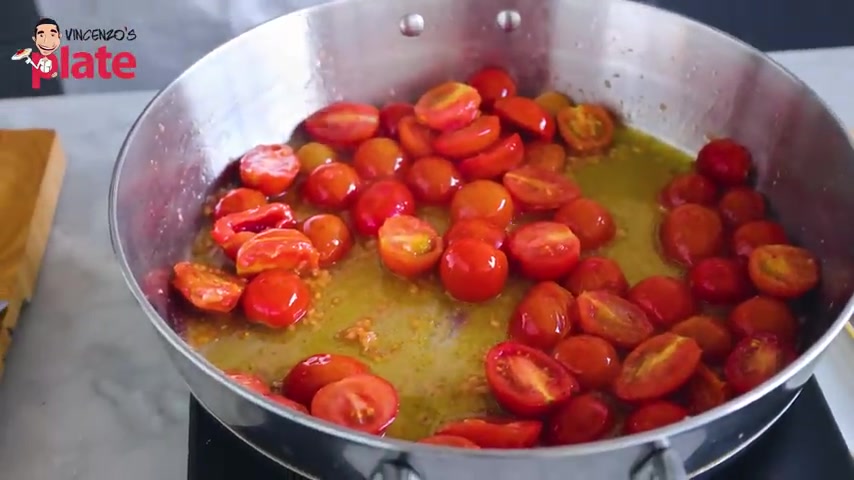
So now we have a nice shape here So a circle cutter I'm using old fashioned cookie cutter , biscuit cutter .
I don't have a Family Crest .
So I like to use a board or a cavi maker to kind of emulate ridges texture .
And then I take them on a board , use the palm of my hand and then slowly peel them off .
It's a very delicate pasta .
So it's really important that the sauce that goes with it is light and elegant .
It is a beautiful canvas .
It's a plate .
It's really wonderful and I love the history of it .
A family crest like I think we should bring that back around .
I'd like to create one right now and that's the Cotti , this is a , so when we're cutting out these kind of shape , I like to use a ruler because honestly , it's the only way to do it because we're cutting out a perfect square .
So right now I'm going to take our dough and just kind of square off to make this easier to work with .
I'm gonna cut this right down the center for the far .
It is a 1.5 inch by 1.5 inch .
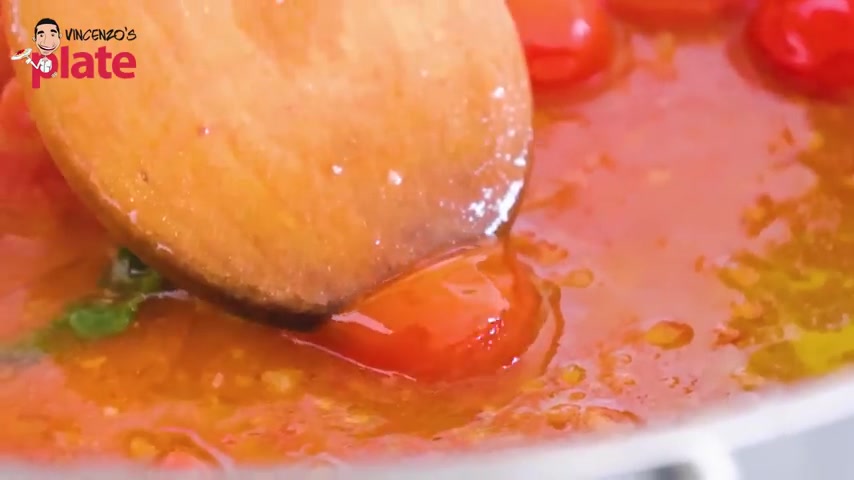
So I'm just going to make little ridges here along the way and then we're gonna cut them all the way down with our trusty ridge cutter .
We're going to put those nice ridges on the edge and then I'm going to do one more time , get that ruler out 1.5 and then 1.5 , what we're going to do is we're going to take these and we're going to turn them into butterflies .
So all we have to do is cinch them up and pinch them together and then we have our butterflies .
And that's the , this is pizzo .
This is a buck wheat dough from the north of Italy in Lombardia , right on the border of Switzerland .
There's a small town called Daina where this is one of the most well known dishes that comes from it .
So this pasta is made with 80% buckwheat flour mixed with a traditional double zero pizza is Latin from Pita and Pizzo carol means poor or ugly or bad or gray .
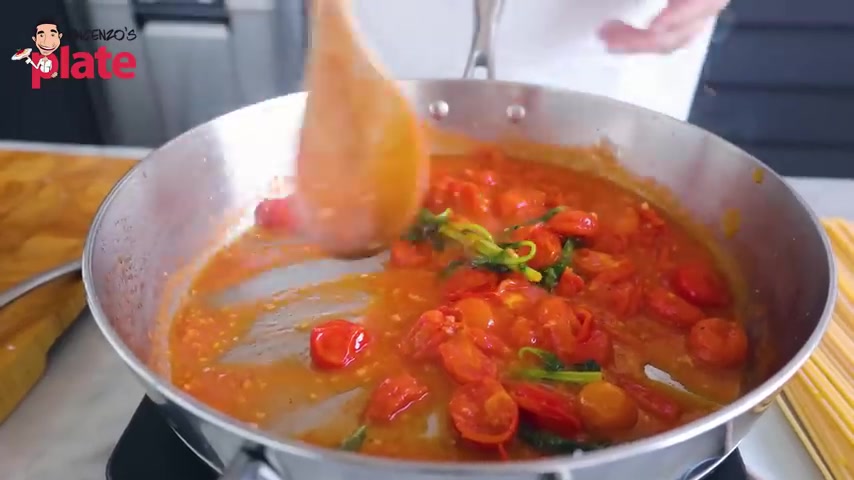
So this is not the prettiest of the dough , but it's also one of the most flavorful .
The buckwheat adds a really lovely texture .
So I'm going to square these off Pizzo curry can be either a long , thin or wide and short .
The dish is made with cabbage and potatoes .
So I prefer to make them shorter .
So I'm going to make these two wide shapes .
That's one example of the Pizzo curry and then they also make them into rich versions as well .
This dish is served with a specific cheese that's also from the Alps called Beto .
And it's really one of those hearty winter dishes that I really do cherish and love and that's Pizzo carry .
This is Tahari .
So our next pasta shape comes from the north in Monte called .
And this is a very traditional shape and really easy to make .
We're gonna make sure that there's a little bit of flour on top of each roll because we're gonna roll this up .
This pasta literally translates to , to cut .
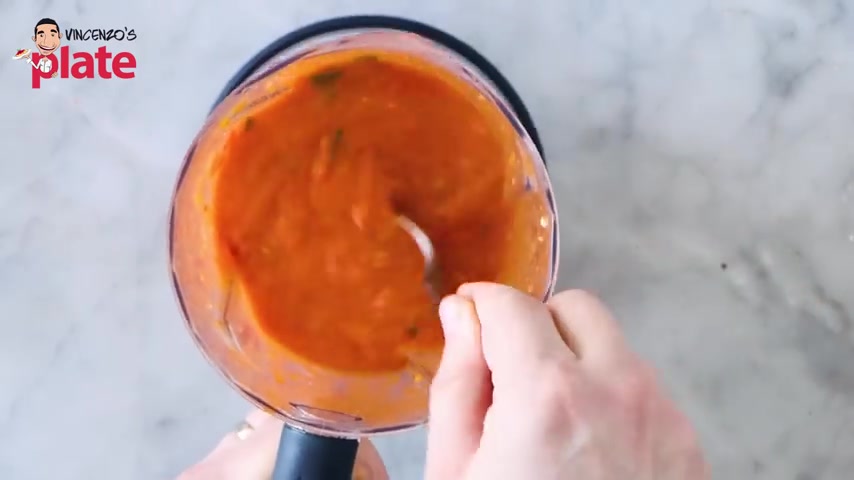
So that's exactly what we're going to do .
So we're going to cut ribbons , pick them up .
Traditionally served with a meat Ragu .
It's so rich and silky .
That's why this one is pretty special and so easy to make .
And that is Tahari .
This is big .
One of the ancient pasta tools is called the big .
It is a chamber and you're able to push pasta through it and then twist it .
So the big is a really , really cool tool but not the most efficient in today's time .
So we are making it with a extruded version .
So this is a buck wheat dough with eggs in Venice .
You'll find this served with anchovies and caramelized onions .
It's one of my favorites .
You're getting some of the best Venice with this dish and that's big .
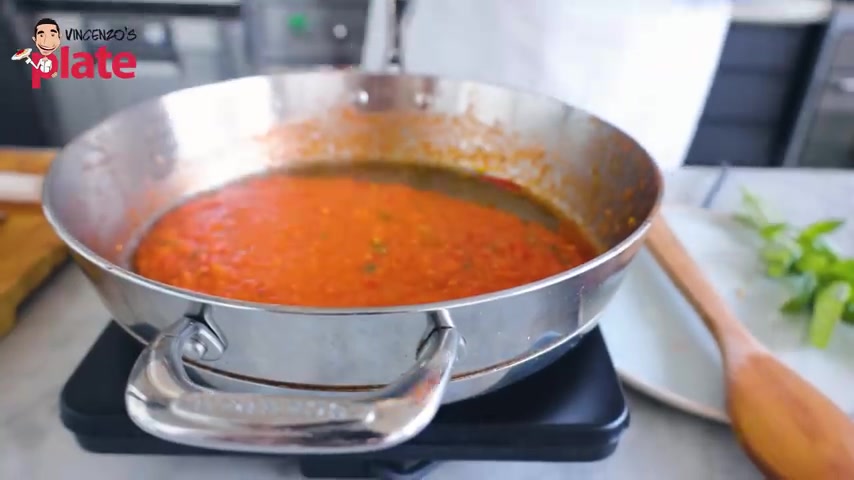
This is now we're in Longoria known for two very specific pastas , Cotti and trophy , very traditionally served with basil pesto .
So what we have to do with this pasta is take our egg dough and roll it into ropes .
There are numerous ways to make this .
You can use a metal rod .
I like to use a skewer or you can just use your hands .
The translation is short and twisted .
So that's the goal here .
So we're going to cut these into about two inches and then roll them out a little bit further .
And then once we have our sizes that we need , we're going to twist the edges like you were twisting like almost a mustache .
The first thing that came to my mind , I don't know why .
So I'm going to take my skewer .
There's two different ways we can do this .
We can gently push and wrap the pasta around it , twist the skewer and then give it one more roll .
There's also we can wrap the pasta almost similar to a fusilli if you're really going for complete twists .
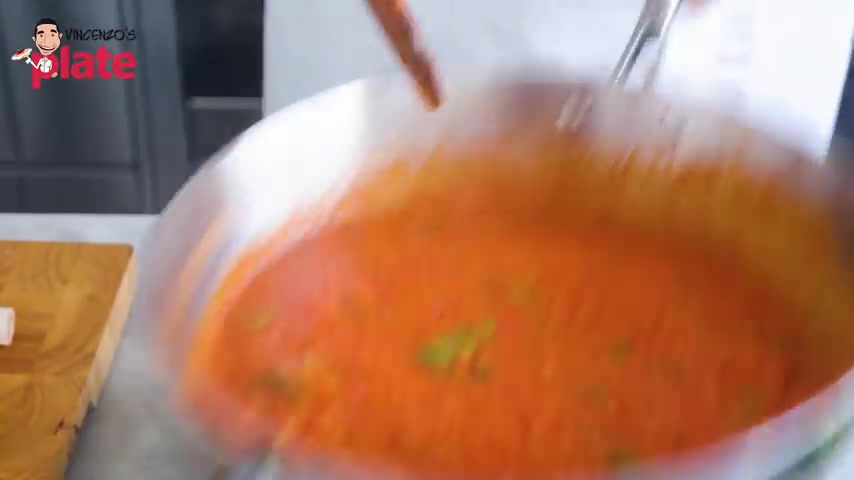
So both of these are acceptable versions of Troi .
They're both short and twisted .
That's all you need for this pasta and that's trophy .
This is , we are now back very high in the North in Trentino Alto .
A looking at a leftover day old bread , a bunch of ingredients and we're going to make a dish called Kenly out of all of these things .
So canned is a take on a German dumpling that has been translated to more of a Italian setting .
So we're going to take some day old bread .
We're gonna soak this with milk while that's soaking .
We're going to crack two eggs and gather our cheeses and parsley canned .
Dali traditionally is made with speck which is a smoked prosciutto .
We are not making that right now .
With this one , we're going to keep this vegetarian a little bit more classic with a provolone , a little bit of flour , some chopped parsley , some nutmeg .
And then our day old bread is , is getting soaked up with that milk .
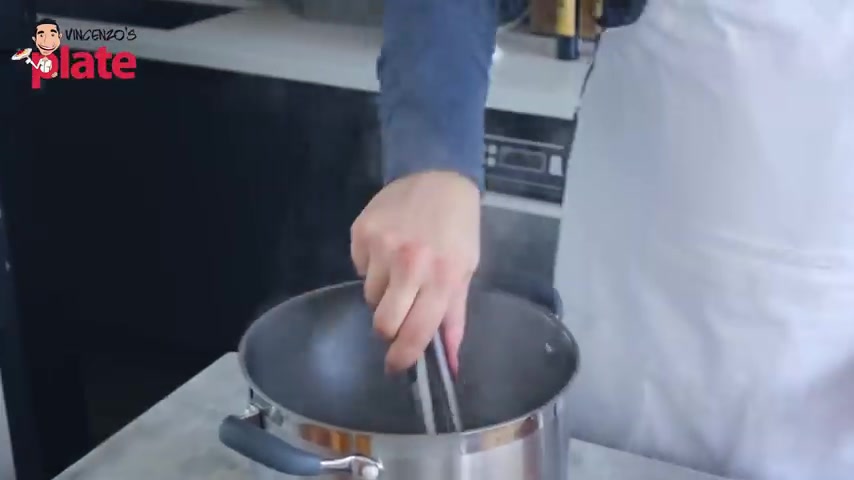
This is served traditionally in a stock and usually served with lots of greens and kale or broccoli .
We're going to wait for this to kind of like really absorb .
So not all pasta is made with just flour and eggs .
This is an example of one that's really special and true to a northern region that takes a lot of love from its outline areas .
So all the things that are going to help bind this are the cheeses and the eggs .
So we're going to drop our two eggs in here , mix these up .
So when we're making this can of dali , we're going to let it sit after we make our dough .
But also we're going to drop these right into instead of poaching them in boiling water , we're going to drop them right into a boiling stock kind of like the Italian matzo ball if you will .
So we're gonna cook them , we're gonna add all of our provolone or parsley .
So once we have this mix nicely together , I'm gonna add some flour .
So now we have a beautiful , nice mixture .
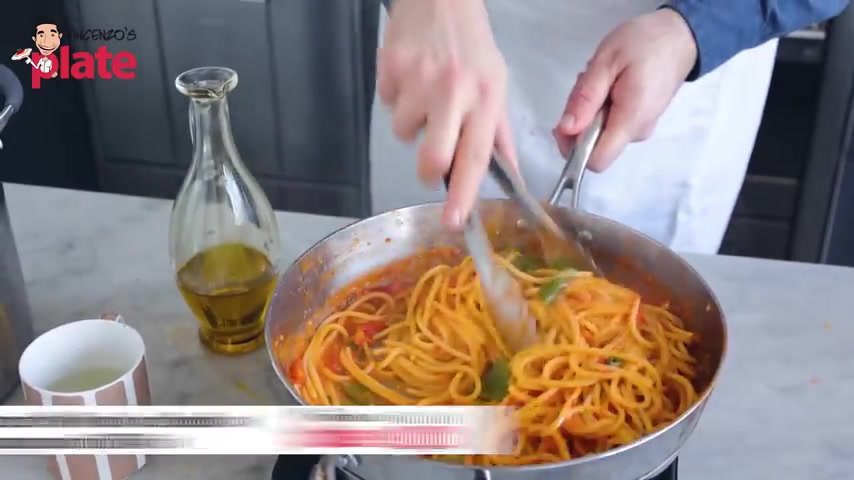
So we'll let that sit for a little bit .
But basically , we're going to form these into beautiful balls .
And then when we make them , we're going to drop them right into boiling stock and they'll hold their shape .
And that's kind of , this is spaghetti Ala Guitarra .
So this is called the Quit Tara .
It is styled after a guitar .
It has two sides , one thicker , one thinner .
This is traditionally from Abruzzo .
They call it macaroni as well .
And we're going to essentially push the pasta through it .
So I have my sheet .
So we're going to cut this so that it fits just below the wooden lines .
And you can actually turn these to make it tighter or looser .
We're going to flower up our guitar to make sure it doesn't stick on any of the wires and then just beautiful force , nice , even rolls and then it holds sauce so well .
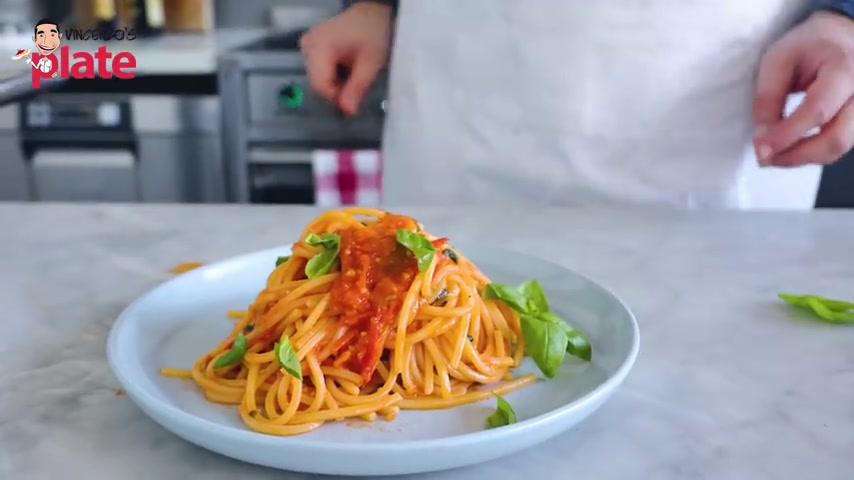
And then just the actual nature of being able to force a piece of dough through wires and then something so beautiful comes out of it .
And that is spaghetti Alita .
This is Malta .
So now we're moving on to Amelia Romania , which is on the northern side of the central region .
We're going to make malti which means badly cut .
So this is a shape that's really up to you .
We just kind of cut it the way we feel and that's all it is .
It is just poorly cut pasta .
We like to cut them as like shark fins because they fold nicely into a pasta .
You'll see these all throughout Italy in every region has some poorly cut pasta .
So when you're plating it , you can fold it and it acts as ribbons .
And that's the malta , this is Pre and just across in the water is Sardinia .
One of the things that they're known for , it's called pre , which is what they call Sardinian cous cous .
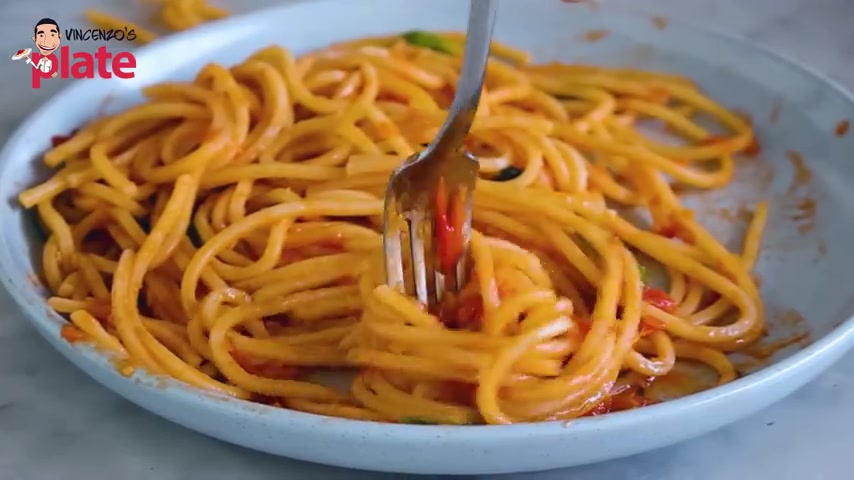
So we can use a semolina dough , we can use an egg yolk dough .
There's a couple of different varieties .
One is very coarse rustic that gets put through a rer or a very fine dye when it's extruded or more of an Israeli style cous cous which are little round balls .
So what I'm doing right now is I'm rolling this out super thin .
So we're going to just take this and we're going to cut as little as possible .
I'm gonna put a little bit of flour over here so that they don't stick together .
And we're gonna make little versions of cous goose .
This is very , traditionally served in very different ways .
So cous goose in Sardinia can be served with potatoes and saffron or with seafood .
It can hold up to so many different things and it can belong anywhere you can serve it with anything you want .
Then I've never been disappointed with this pasta and that's , this is pale .
So now we're switching gears a little bit and we're changing our dough .
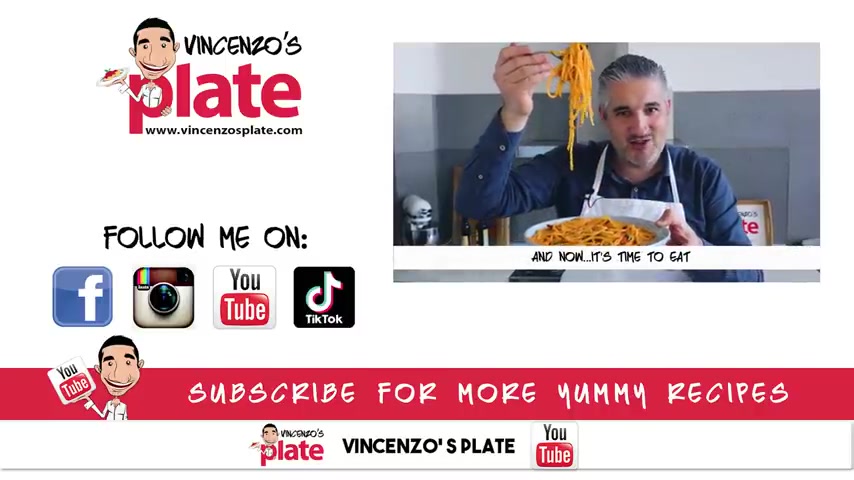
This is a traditional dough from Monte and it's a pasta called Satele .
We use equal , equal parts bread crumb and Parmesan .
And when we make this dish , traditionally , you're grating this into a chicken stock .
A bro , do a beef stock .
So there's actually no flour in here .
It's only the bread crumbs and cheese nutmeg .
This is more of a northern dish .
Very warm , comforting , similar to like a tortellini and bro do .
But this is a bread crumb pasta .
Essentially , this is a dish that we actually use whole eggs , whole eggs and a little bit of water .
So we're going to bring this together and this is going to be a really wet dough we're looking for because there is no flour in here .
So we have to find a binding agent .
So do you see as I formed a patty , essentially a dough and then let's say we don't have a box grater or a food mill or a potato ricer .
We're just going to roll this out .
I'm going to use a little bit of flour on my hands and we're going to make what they like to call is like little worms .
Are you looking for a way to reach a wider audience and get more views on your videos?
Our innovative video to text transcribing service can help you do just that.
We provide accurate transcriptions of your videos along with visual content that will help you attract new viewers and keep them engaged. Plus, our data analytics and ad campaign tools can help you monetize your content and maximize your revenue.
Let's partner up and take your video content to the next level!
Contact us today to learn more.